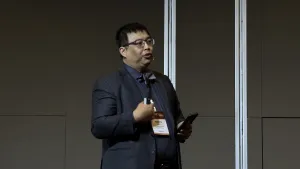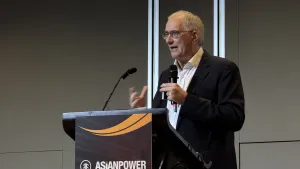Global wastewater treatment tied to workforce structure
Composition and size of the workforce in different countries correlate with the levels of wastewater treatment.
Richer countries with fewer jobs in big industries have been reported to treat more wastewater than developing countries, as higher income countries afford more advanced methods to treat wastewater.
Souleima El Achkar Hilal, Labour Market Information Specialist and Consultant at the International Labour Organisation (ILO), shared that less developed countries rely more on workers instead of technology to treat wastewater.
According to El Achkar, through the ILO's harmonised microdata collection, a significant correlation has been found between the proportion of safely treated water and the structure of the labour force in various income brackets.
She explained that in high-income and upper-middle-income countries, the water sanitation and treatment industry is more capital-intensive, leading to a smaller workforce size relative to the total labour force. This is associated with a higher proportion of treated water.
Conversely, in lower-income and lower-middle-income countries, where the industry is more labour-intensive, a larger workforce is linked to increased water treatment levels. This distinction not only highlights the economic disparities between countries but also the occupational structure within the water treatment sector itself.
"In high-income countries, technicians and associated professionals dominate the sector, whereas in lower-income countries, the workforce comprises mainly craft and related trade workers, including plumbers and labourers,” she mentioned.
These differences underscore the varied challenges faced by workers in the sector, particularly in terms of working conditions, wages, and informal employment arrangements prevalent in lower-income settings.
The employment data revealed by the ILO underscored the urgent need for targeted strategies to address these disparities. El Achkar suggested a multifaceted approach to support the sanitation workforce, emphasising the importance of investing in infrastructure and equipment, adhering to just transition principles, and enhancing human resource development.
She cited that such efforts are crucial for advancing towards the Sustainable Development Goals, specifically target 6.3.1, which focuses on improving water quality by reducing pollution and increasing recycling and safe reuse globally.
Supporting small and medium enterprises (SMEs) within the sector also emerges as a critical strategy for improving productivity and working conditions. El Achkar highlighted the often overlooked yet vital role of the sanitation workforce in ensuring public health and environmental sustainability.










